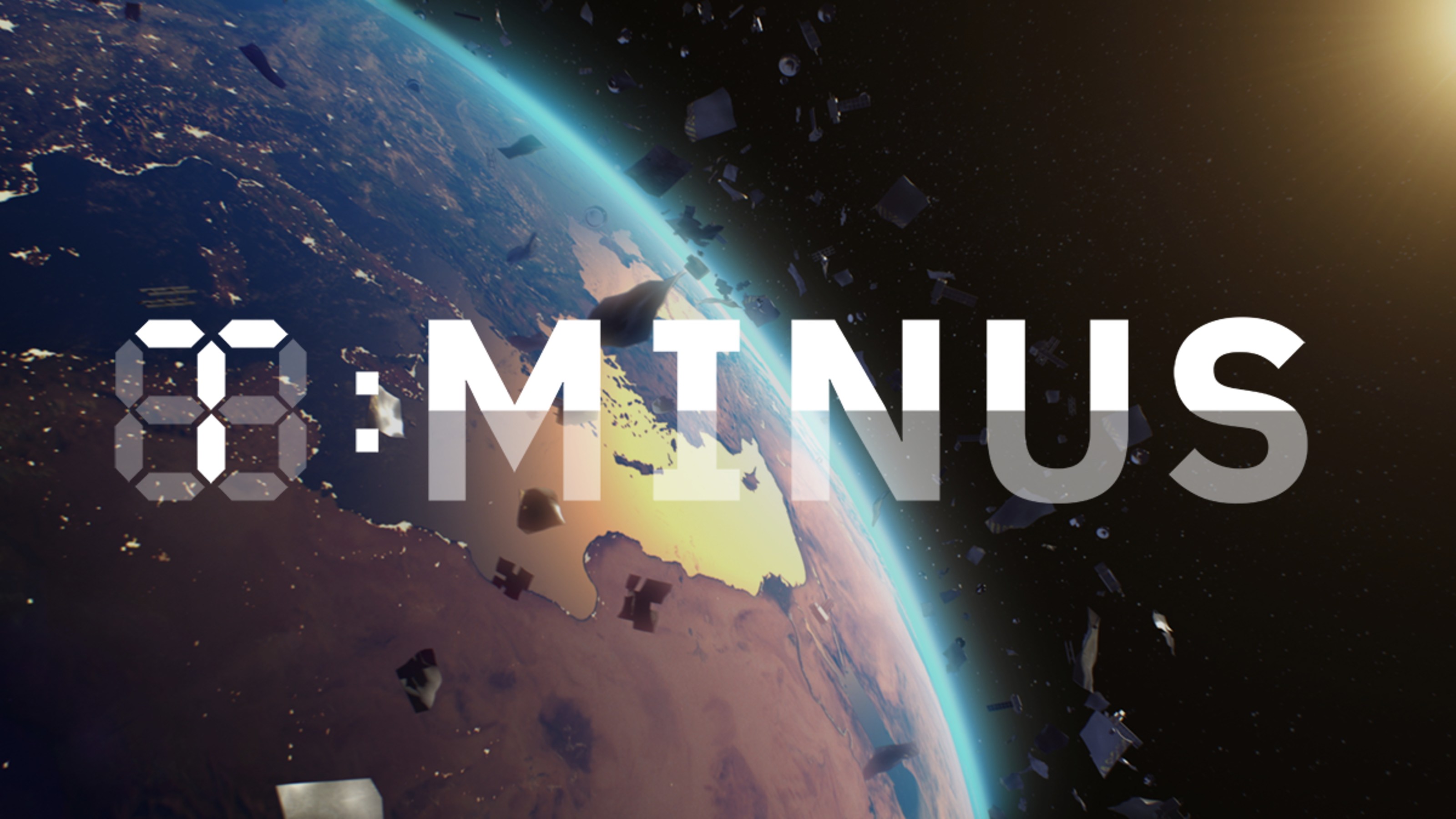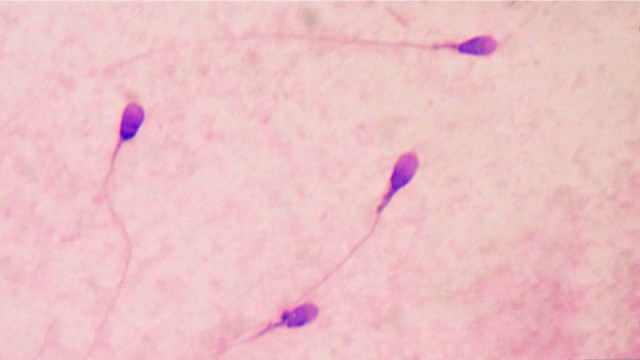How to catch the Perseids and defeat the almost-full Moon
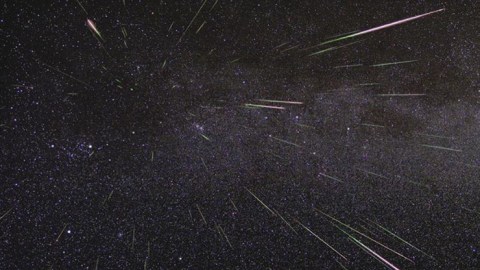
If you know when, where and how to look, the show will still be spectacular.
“My dad took me out to see a meteor shower when I was a little kid, and it was scary for me because he woke me up in the middle of the night. My heart was beating; I didn’t know what he wanted to do. He wouldn’t tell me, and he put me in the car and we went off, and I saw all these people lying on blankets, looking up at the sky.” –Steven Spielberg
Whenever August comes around, the most reliable meteor shower in Earth’s night skies is sure to come too: the Perseids. An elliptical trail of dust grains and tiny rocks, stretching for over ten billion kilometers through space, crosses Earth’s orbit at a location in space that we pass through once a year. Normally, the best time to view the Perseids is in the pre-dawn hours, as the meteor-producing material strikes the Earth most notably in the hours before sunrise, when the Earth moves forward into that debris stream. But this year, there’s a full moon just a few days before the peak, and that changes everything. You can still catch a great show if you follow these tips, but you have to be smart about it.
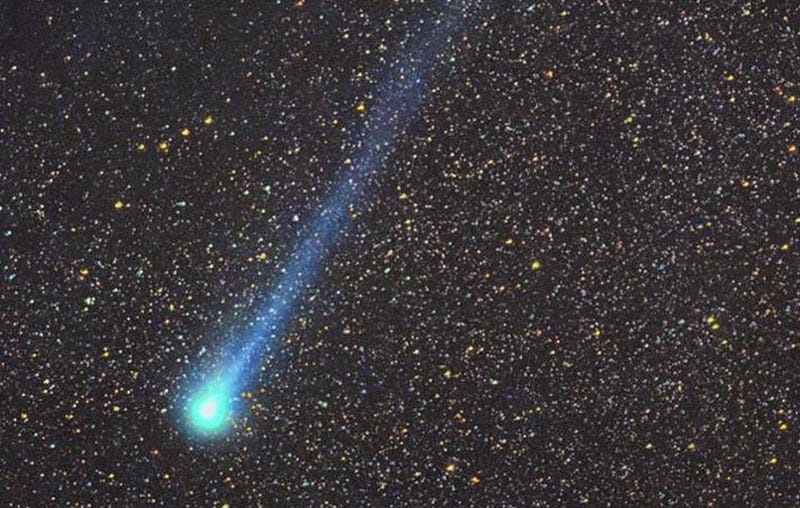
All meteor showers owe their origin to a parent body, like an asteroid or a comet, that passes close by the Sun. When it gets close to the Sun, those mixes of ice-and-rock heat up, and small pieces of the object break apart. This produces a debris stream in the same path of the comet/asteroid’s orbit that, over enough time, spread out and cover a wide band that spans the entire orbit. In the case of the Perseids, it’s Comet Swift-Tuttle that created it; the comet itself is still around, and is the single most dangerous object to humanity in the Solar System.
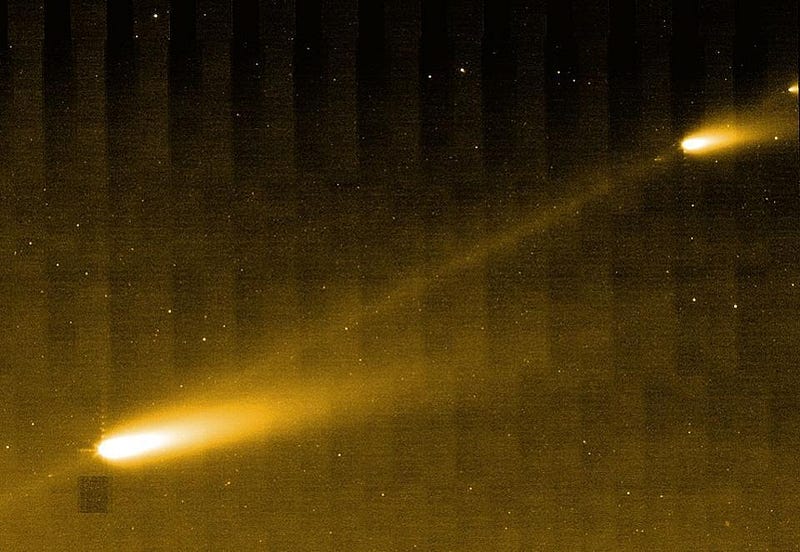
But that debris stream is something that hits us for about four weeks every year. By this point in time, Swift-Tuttle has orbited the Sun so many times that its stream is about 15,000,000 kilometers wide by time Earth passes through it. The center-line of the rocks and dust are slated to pass through Earth maximally on August 12th this year, although a lesser number of meteors can be seen for about two weeks before and after. When the Earth moves into the meteor-producing debris stream of the comet, which happens in the pre-dawn hours, the meteors are both most numerous and move fastest with respect to Earth, creating the brightest fireballs and the greatest number of meteors.
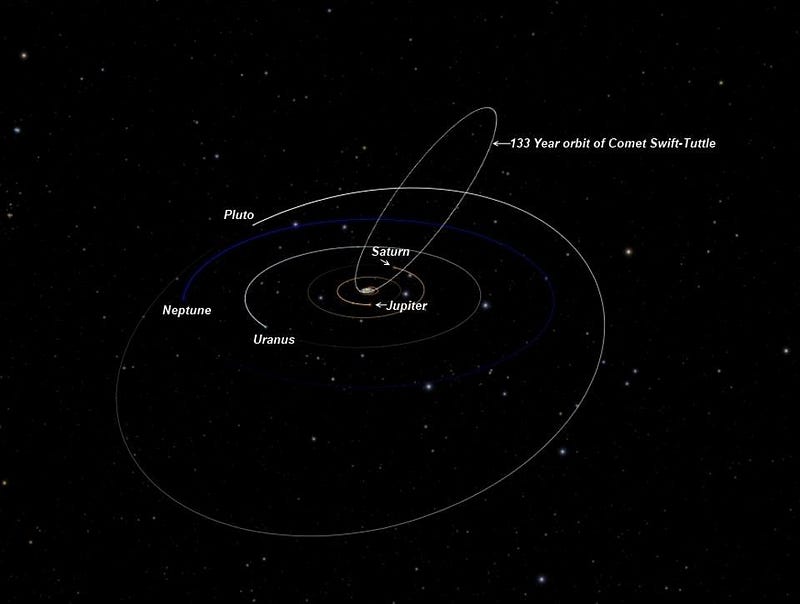
If there were no other factors, like light pollution, that alone would define the best time to watch the Perseids: the pre-dawn skies on August 12th. But even if you go out into the country, away from the artificial lights of cities, highways, gas stations, and so on, there’s a natural source of light pollution you can’t get away from: the Moon. The full Moon occurs this month on August 7th, meaning that during the peak of the Perseids, a large, more-than-half-full Moon will linger in the sky throughout the latter part of the night.
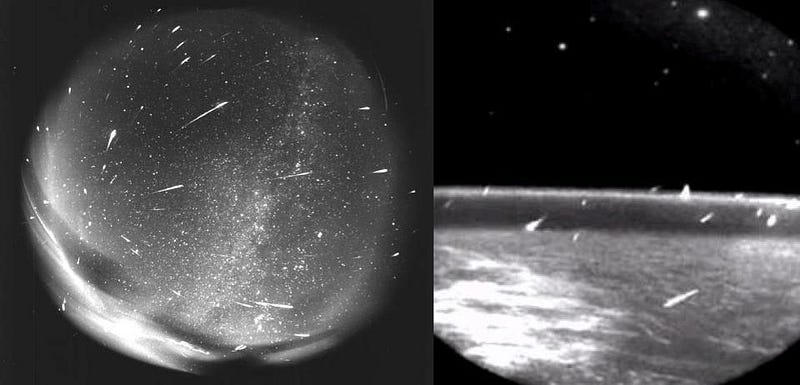
The faintest meteors will be washed out; the brightest meteors will appear dimmer; the total rate of the shower’s peak, instead of about 100 meteors-per-hour, will be approximately halved. If you were hoping to get up early (or stay up very, very late) for a great view, you’re going to be sorely disappointed. Luckily for you, not only is the debris stream that creates the Perseids wide, but the views are quite good for a day or two before and after the peak.
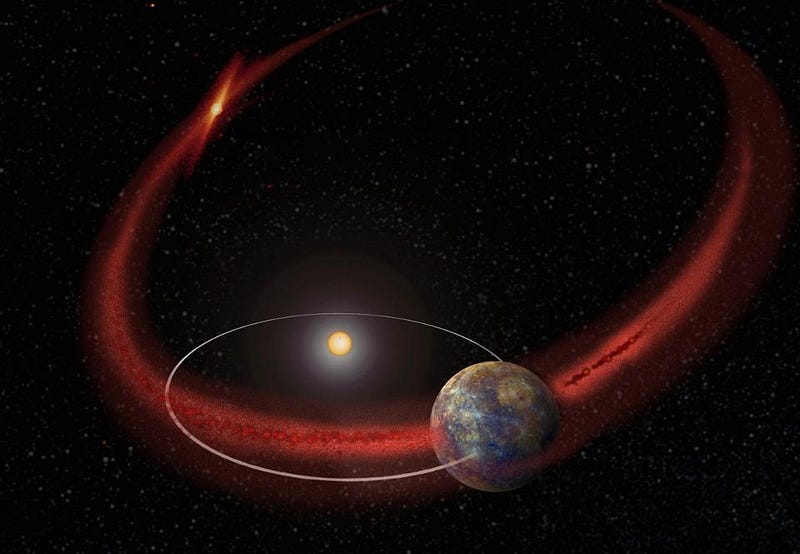
Instead, look for when the sky is darkest: before the Moon rises! That’s before about 10:50 PM on Saturday night, August 12th, and before around 11:30 PM on Sunday night, August 13th. Sure, the Earth won’t be ideally positioned, but you’ll still get about 80% of the bright meteors you’d get in the pre-dawn hours, but with no Moon to put a damper on your dark skies. You won’t have as much of the Perseid-rich sky available, but (especially for northern hemisphere observers) a view to the northeastern part of the sky, looking up, should still get you a good Perseid meteor around once per minute. Once the sky gets dark, get outside and look towards the “W” of Cassiopeia; just below it is the Perseid’s radiant.
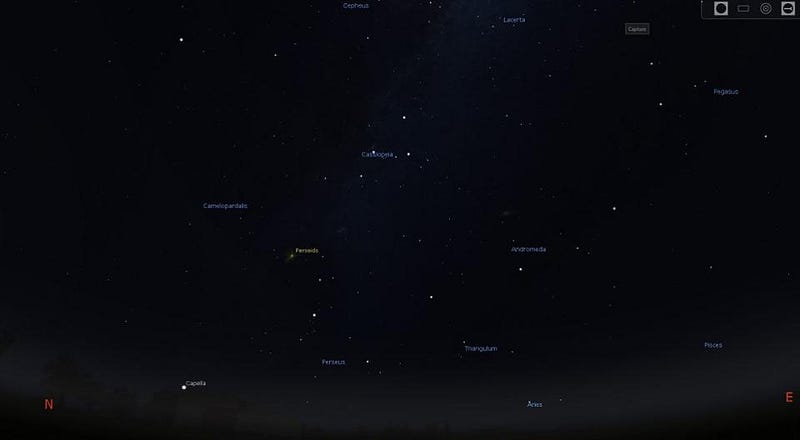
There will be better years for the Perseids than this one, but if you take the Moon into account, you can give yourself a spectacular astronomical view at night, just a little more than a week before the spectacular view of the upcoming total eclipse graces the daytime skies. There’s no good reason to miss a fantastic show just because there are years with better ones. As extreme heat afflicts a large part of the world this summer, the Perseids give you a great excuse to get outside and enjoy the cooler evenings, and connect with the night sky. In all the Universe, there’s no night sky identical to our own.
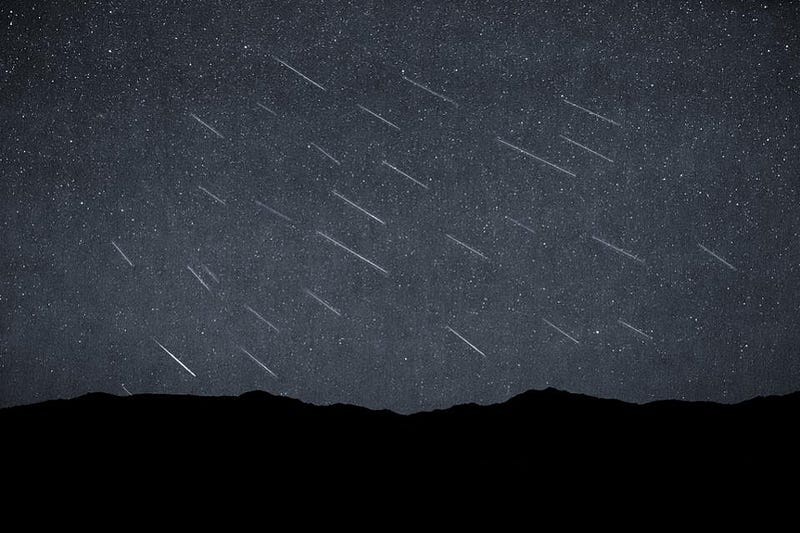
Now that you know when and where to see it best, get out there and enjoy the show!
Ethan Siegel is the author of Beyond the Galaxy and Treknology. You can pre-order his third book, currently in development: the Encyclopaedia Cosmologica.


